During my time at Left Technologies Inc., I was given a great opportunity by the company CEO John to become the office’s “Champion of the Earth”, and given a budget and free reign to run green initiatives in the office to help the office and employees of Left (called Lefties), be more sustainable. Left is a B Corp, and they had been trying to improve their B Corp Environment score, and thought I could help.
I was given this role because I had been already making strides to improve our recycling program (with 8 different recycling bins + composting!), and I had been talking about ways the company could make improvements to energy usage in the office.
Enter the Green Challenge
As a UX Designer, I understand the power of gamification. I wanted to educate my peers, while also incentivizing them to make more sustainable choices in their daily lives. So on top of my full time role as a UX/UI Designer, I devised the Green Challenge.
Here is what went into the challenge:
- A Green Challenge “Passport” with activities to complete in exchange for stamps
- An 8-week challenge with four topics and four Lunch & Learn presentations
- A Green Challenge Slack channel for engagement, sharing completed activities, resources & articles
- Stamping passports each day, and often having line ups at my desk for stamps!
- Prizes for most stamps at the end of each section
- A goal to drive home the impact that each topic is having on our planet, but while also making it engaging and solution-oriented.
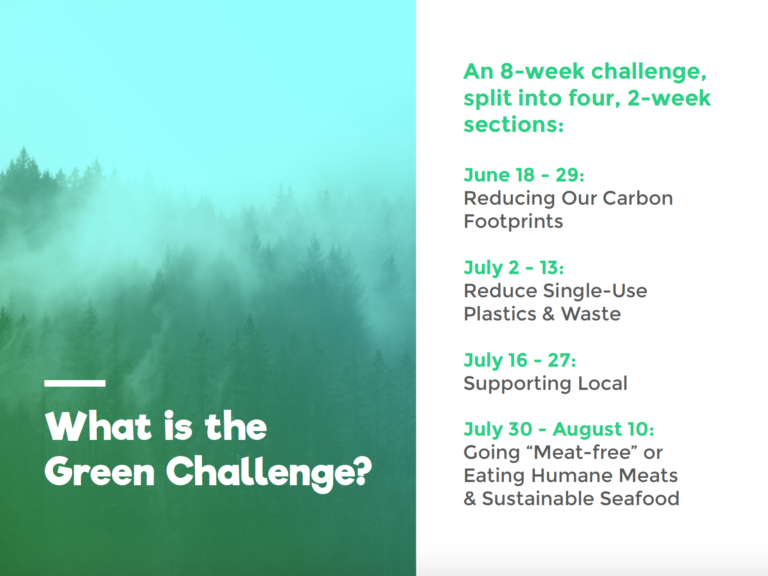
The passport
The passport was designed in line with the presentations, as I had the whole challenge planned ahead of time. Each topic had its own dedicated activities and I gave a value to each activity with a certain number of stamps as reward.
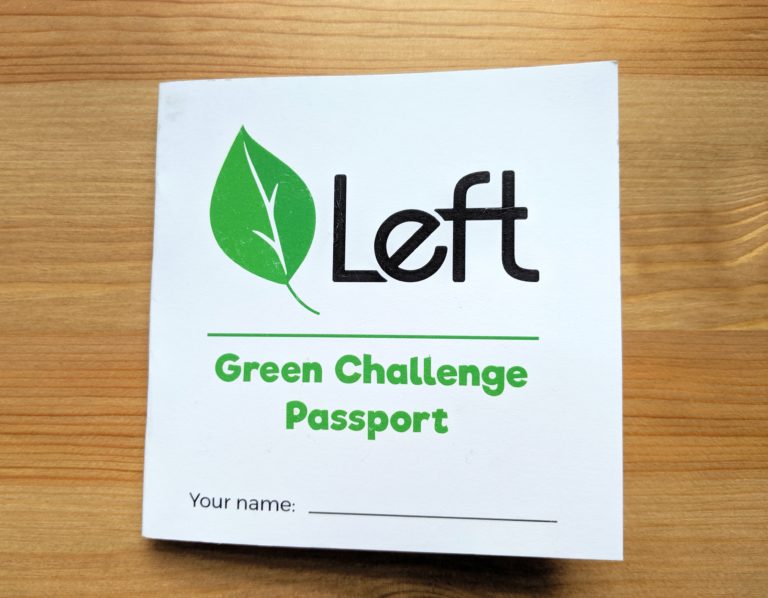

Section 1: Carbon Footprint
Everyone knows about climate change, but in this first section I wanted to communicate a more local perspective and explain both Vancouver’s and Canada’s roles in it. Canada, as it turns out, is one of the worst countries in the world for contributing to climate change, ranking #9. Canadian industry and citizens play a huge part. Considering that Canada has a population one tenth the size of the United States, this is huge.

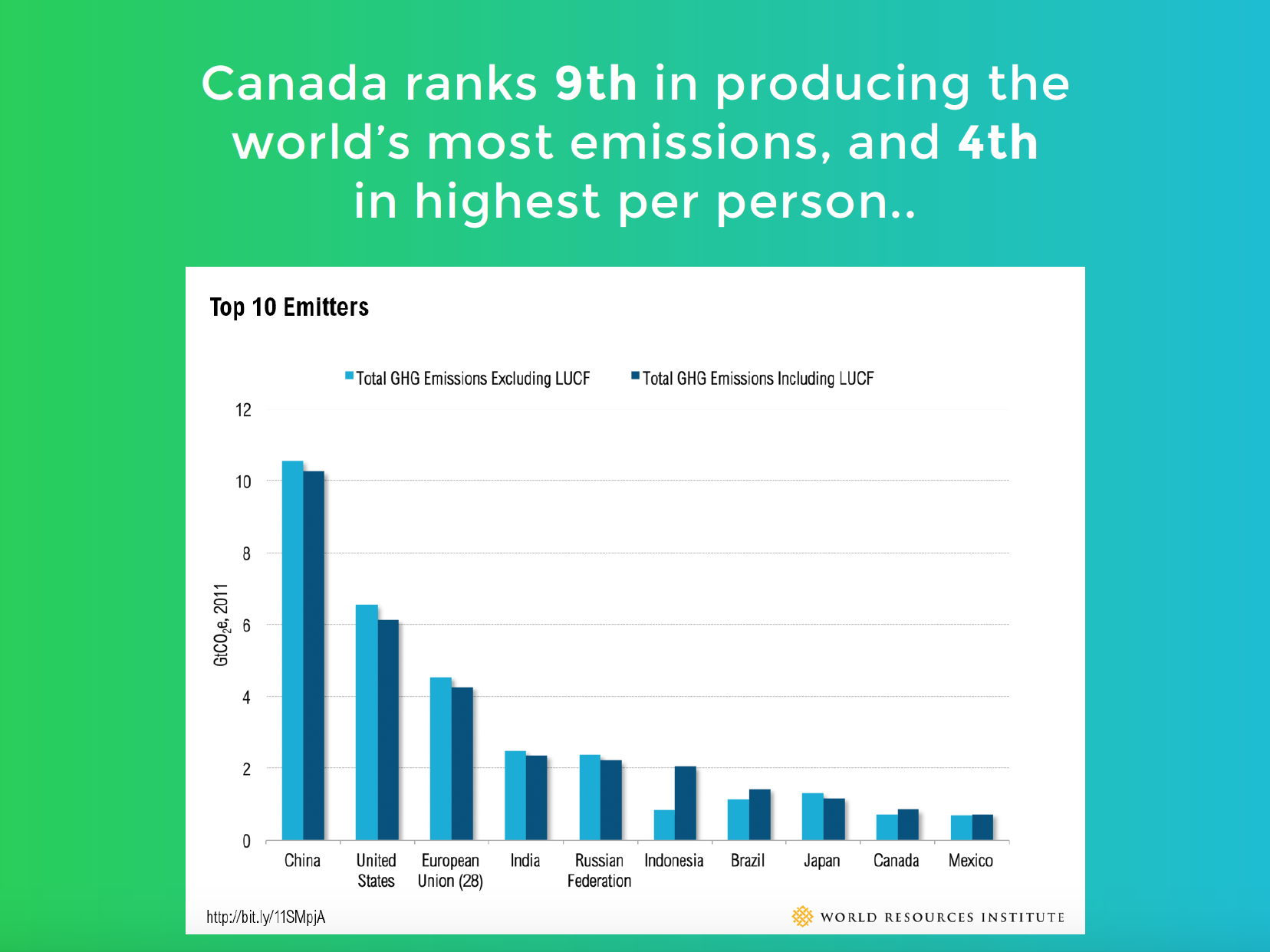
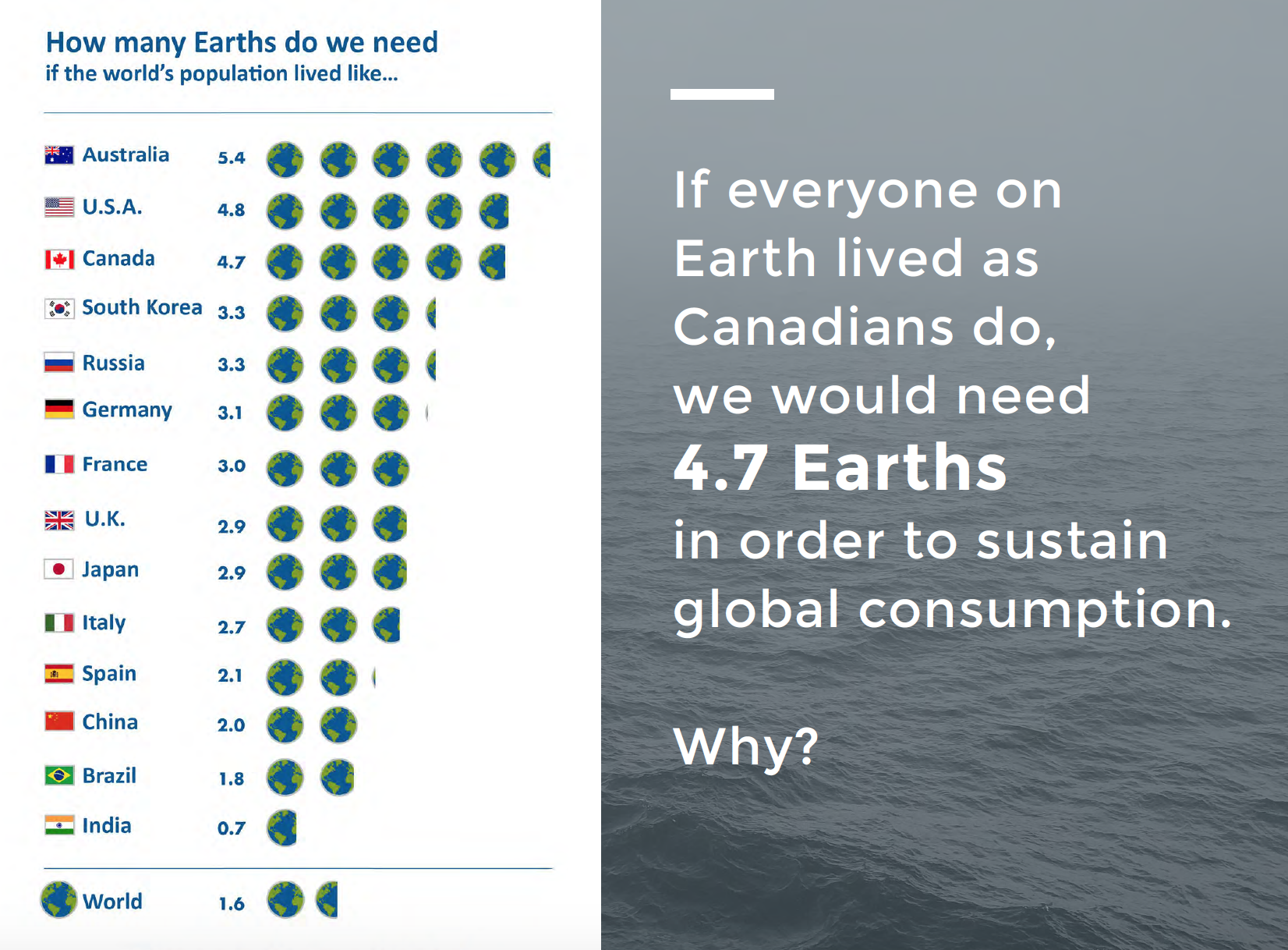
See the the full Carbon Footprint presentation here
Activities & stamps
I had several actions and activities for people to take here:
- A stamp for attending the Lunch & Learn
- Do a self evaluation of your own footprint. (Many people, especially big travellers, found this to be surprising)
- Walk, bike, carpool or take transit to work
- Send a letter to Prime Minister Justin Trudeau, asking to commit to more renewables in Canada (via the David Suzuki Foundation)
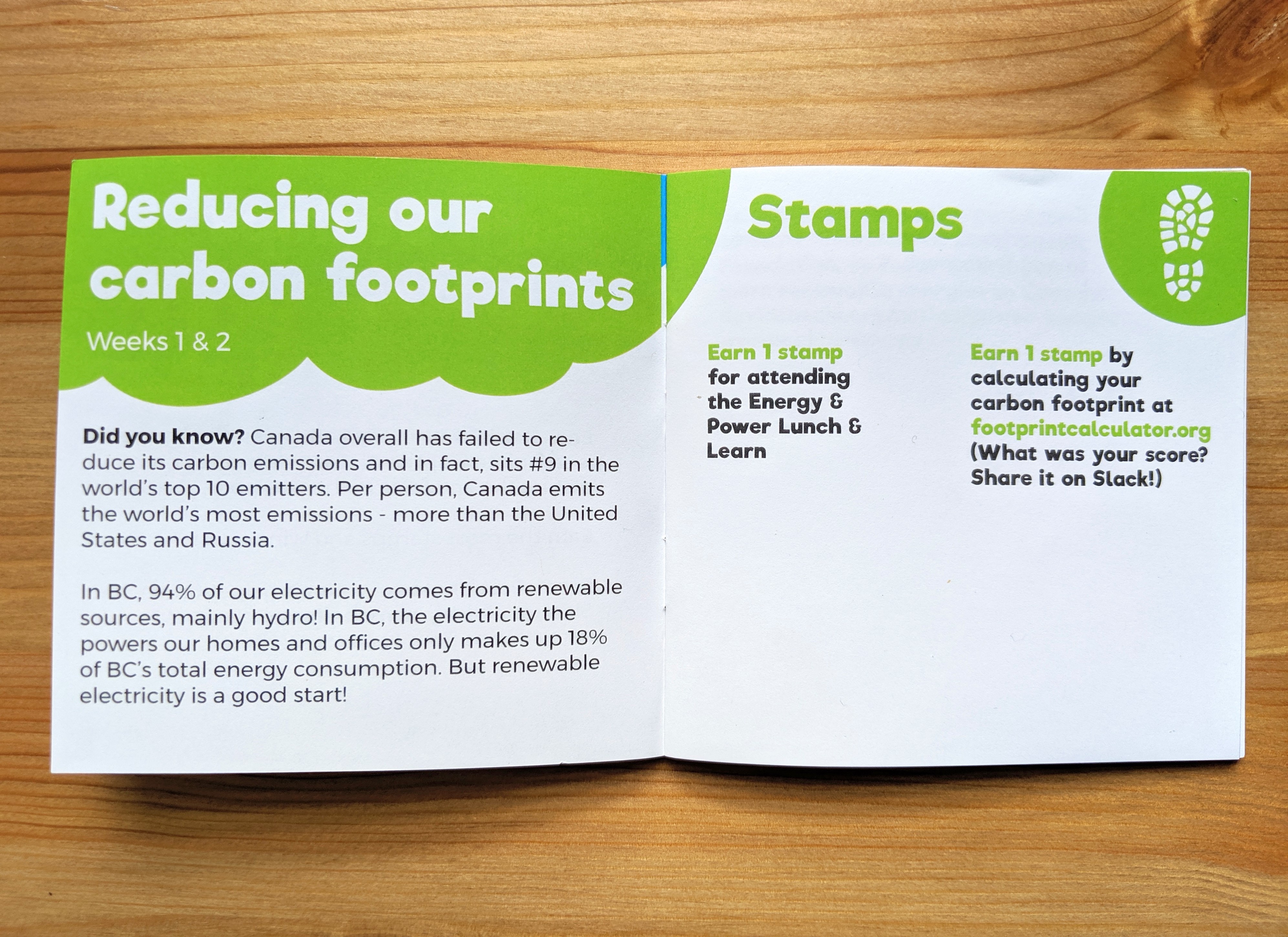
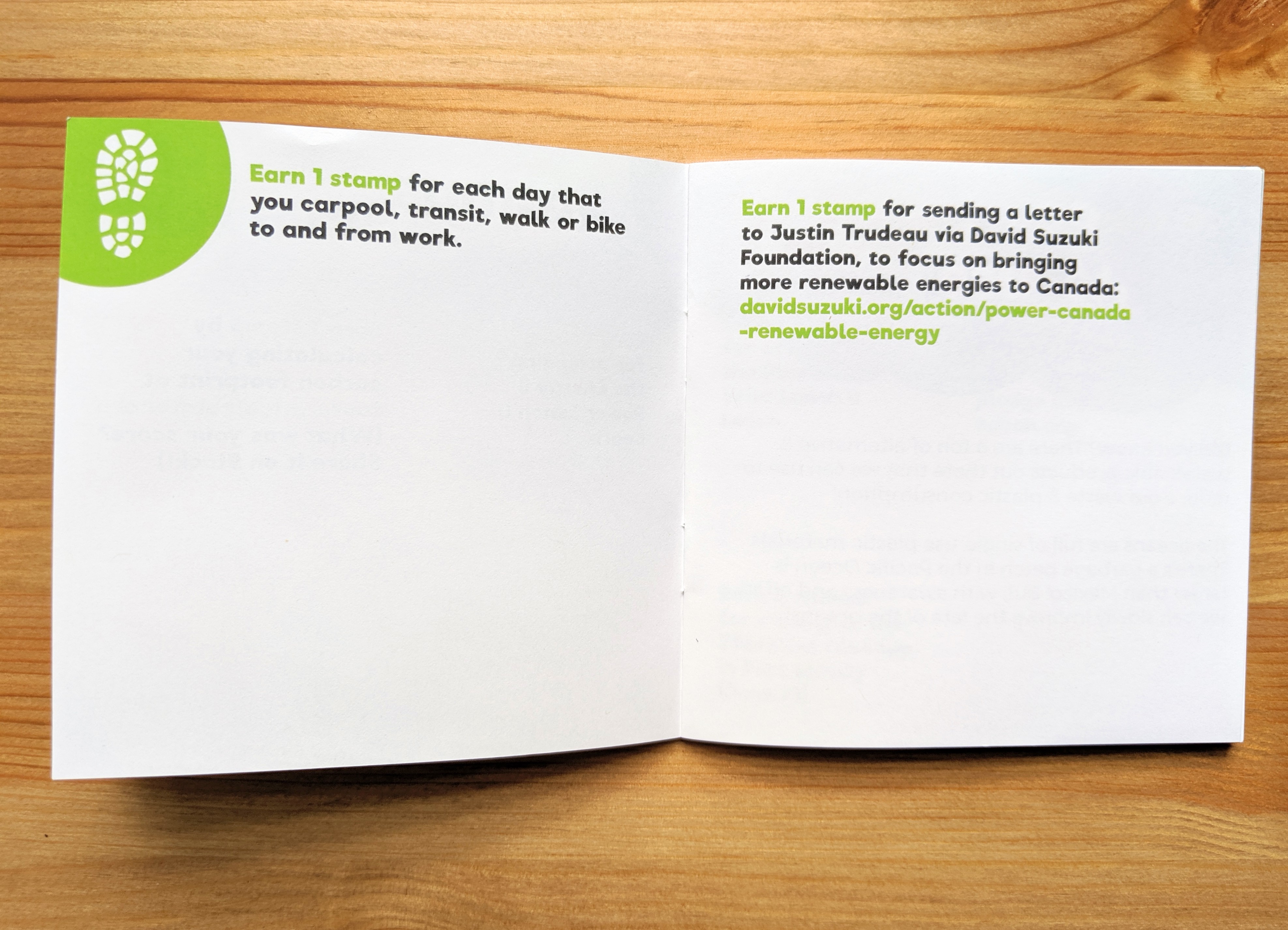
Section 2: The Ocean & Single-Use Plastics
I began this topic by showing a devastating clip from Blue Planet 2, narrated by Sir David Attenborough. This really drove home the impact that plastic is having on the oceans. Around the time that I was running this challenge, the true severity of plastics in our oceans was becoming increasingly mainstream in media, so I think this topic had a particularly significant impact on my co-workers because of that.
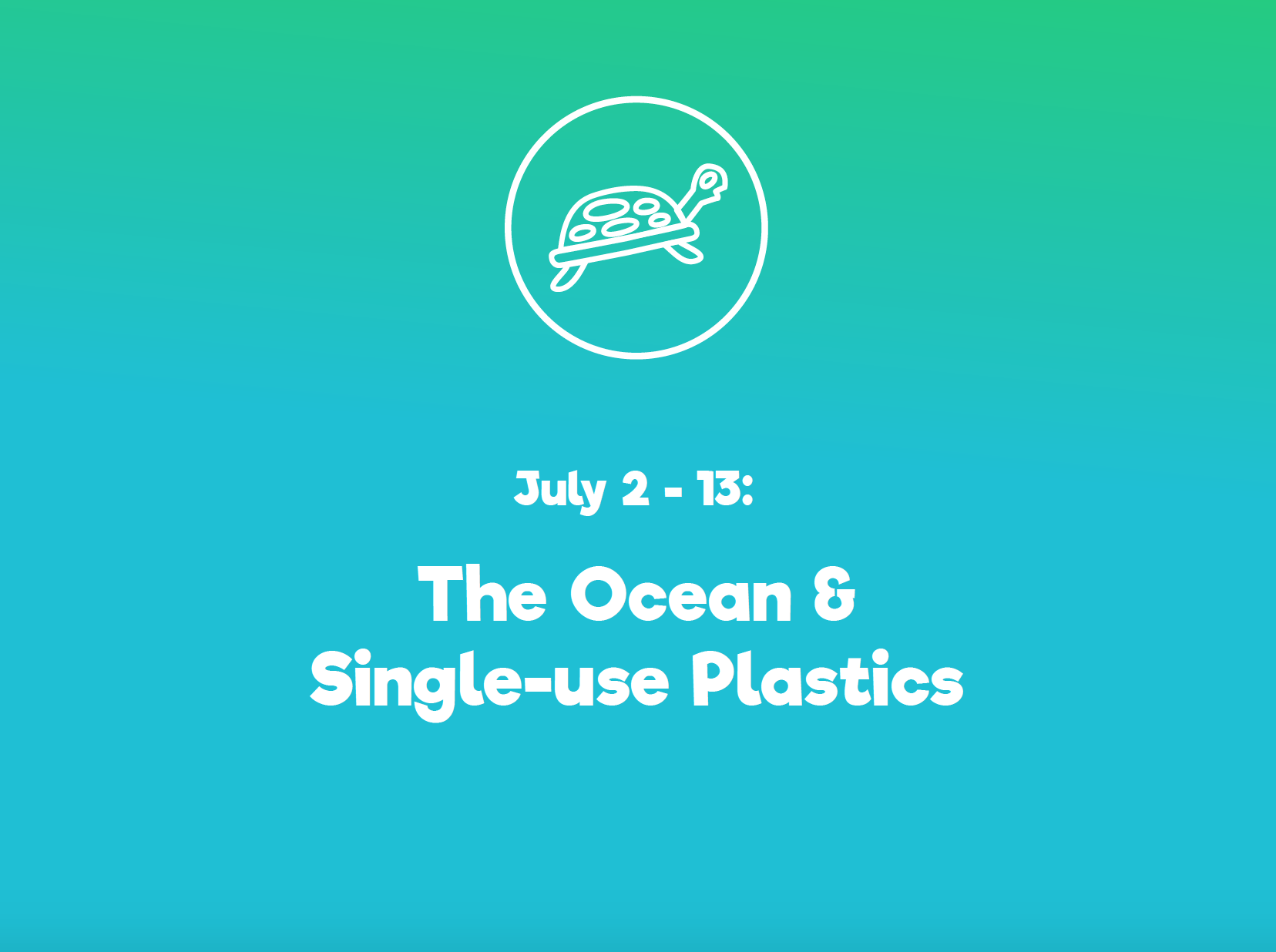
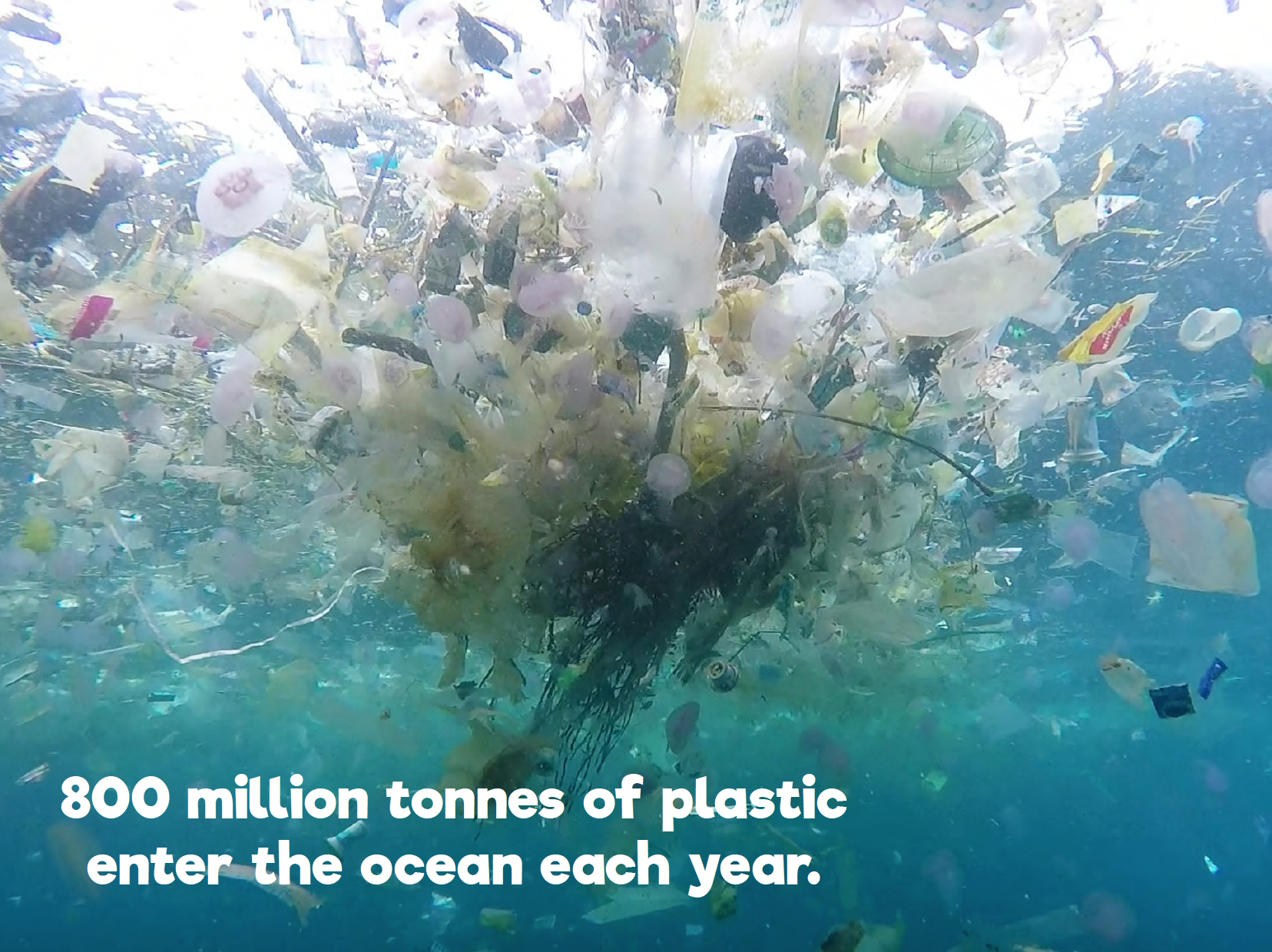
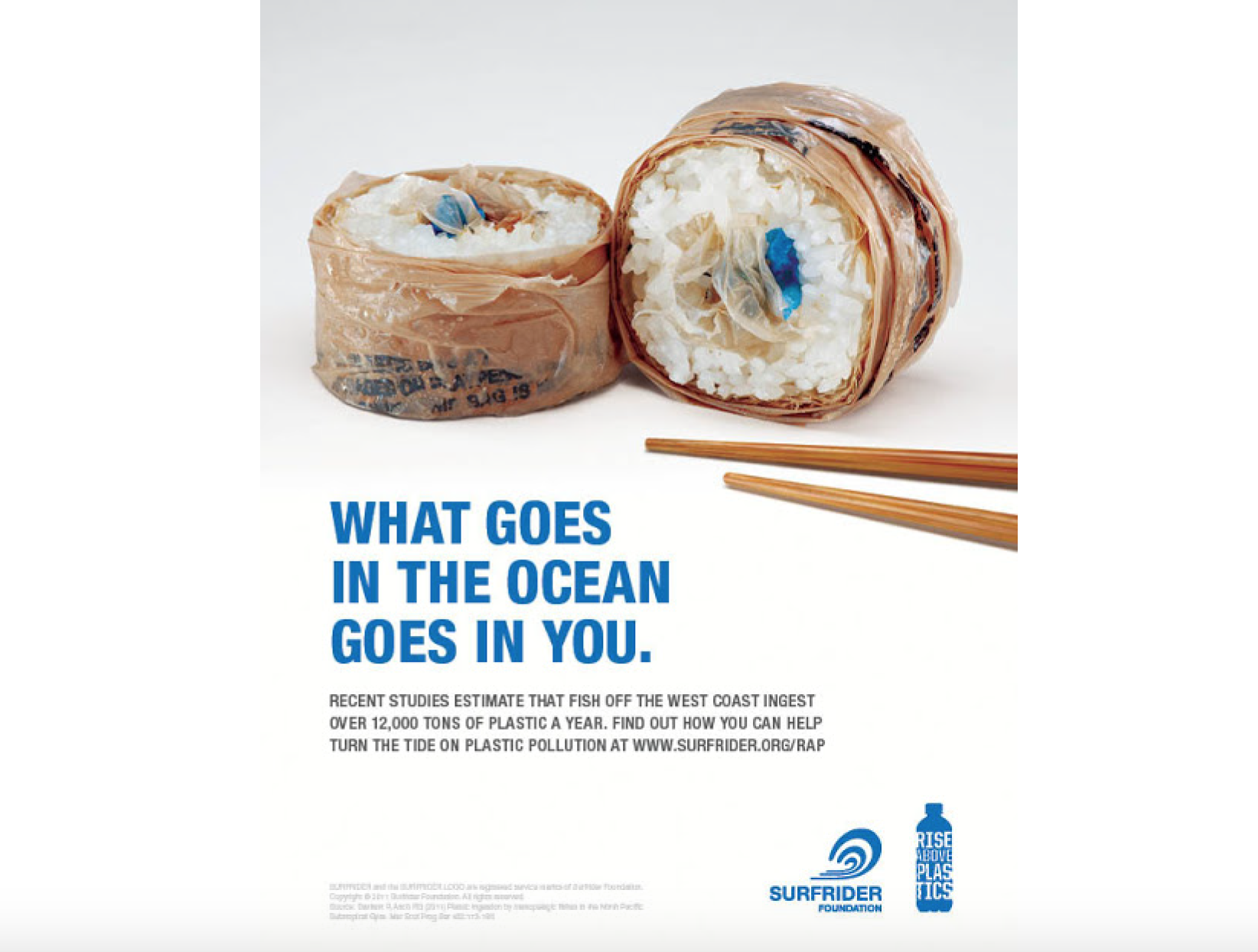
See the full Ocean & Single-Use Plastics presentation here
Activities & stamps
I had even more actions and activities for this part of the challenge:
- Attend the Lunch & Learn
- Take a Be Plastic Wise pledge on ocean.org
- Attend Left’s annual Shoreline cleanup
- Say “no” to plastic items and receive a stamp each time
- Invest in sustainable alternatives, such as beeswax food wrap, bamboo toothbrushes and steel straws
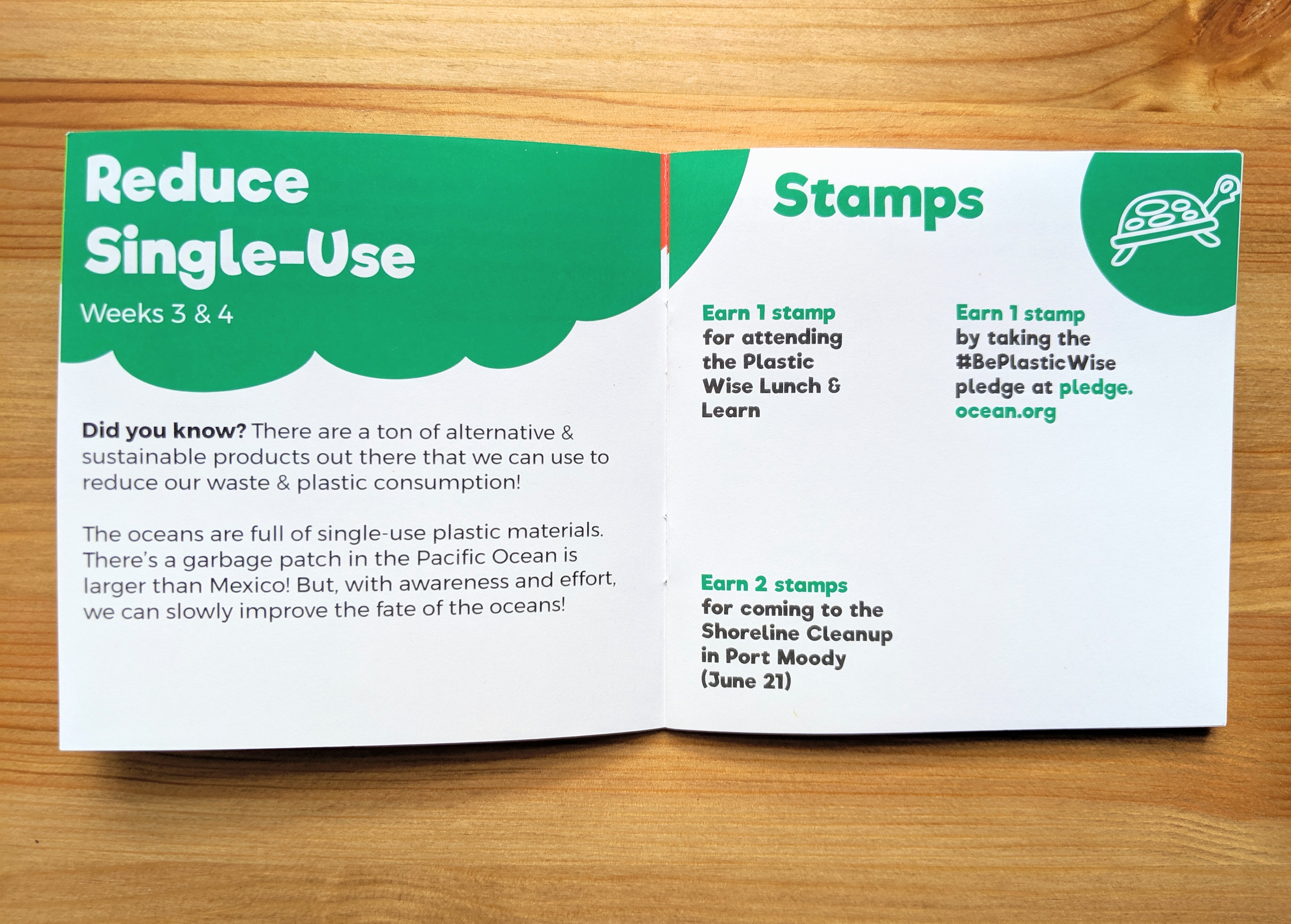
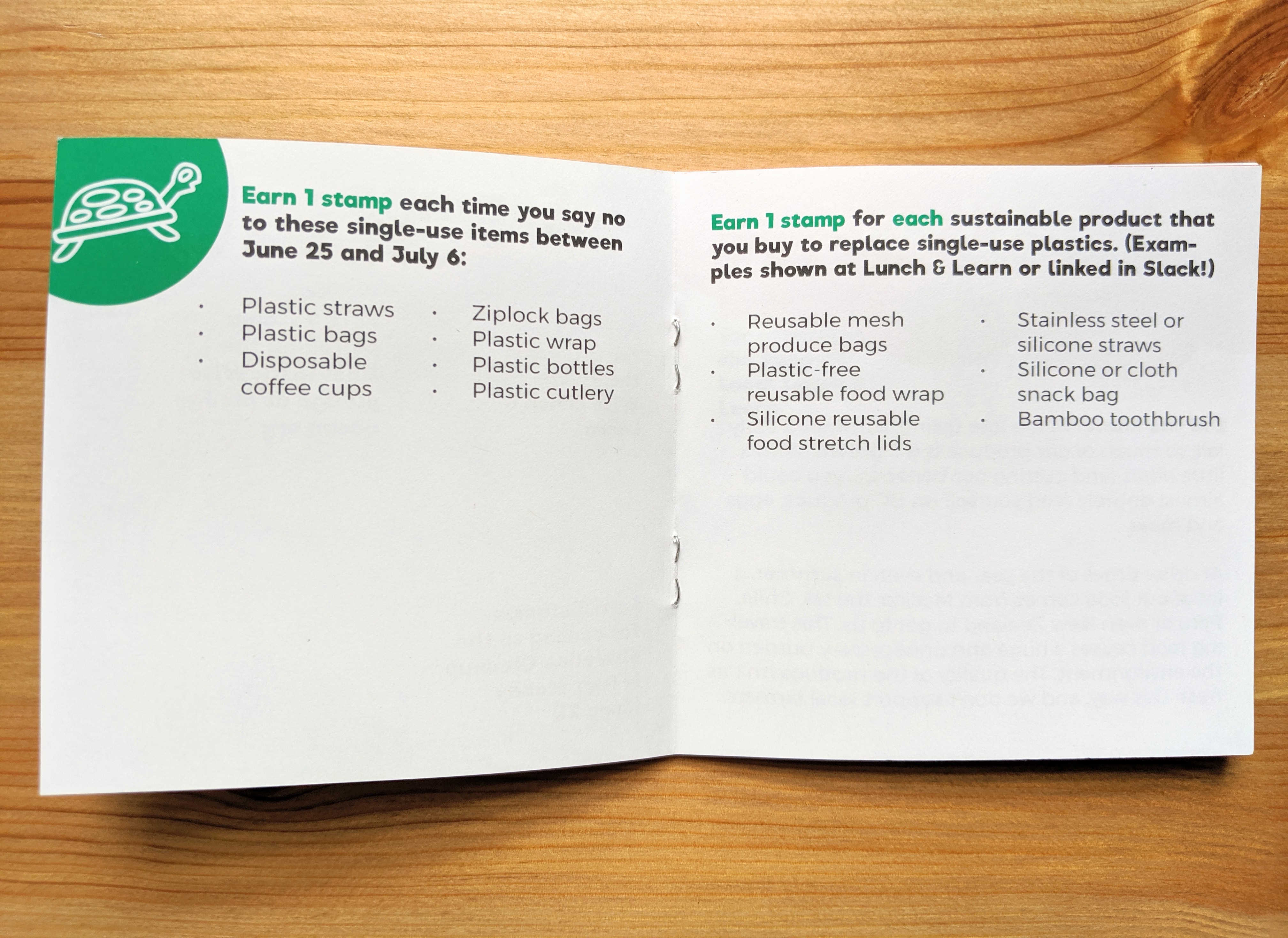
Section 3: Support Local
I intentionally planned this topic to line up well with the middle of summer, when nearly all produce in British Columbia is in season! We are very fortunate in BC that so much of our products can be purchased locally, from fruits and vegetables, seafood, meat, dairy and even wine and craft spirits!
I wanted to communicate the carbon footprint of the food industry when we get our food from California, South America or even as far as New Zealand. On the flip side though, farmers in places like South America thrive on the export of their goods to markets like the USA and Canada.
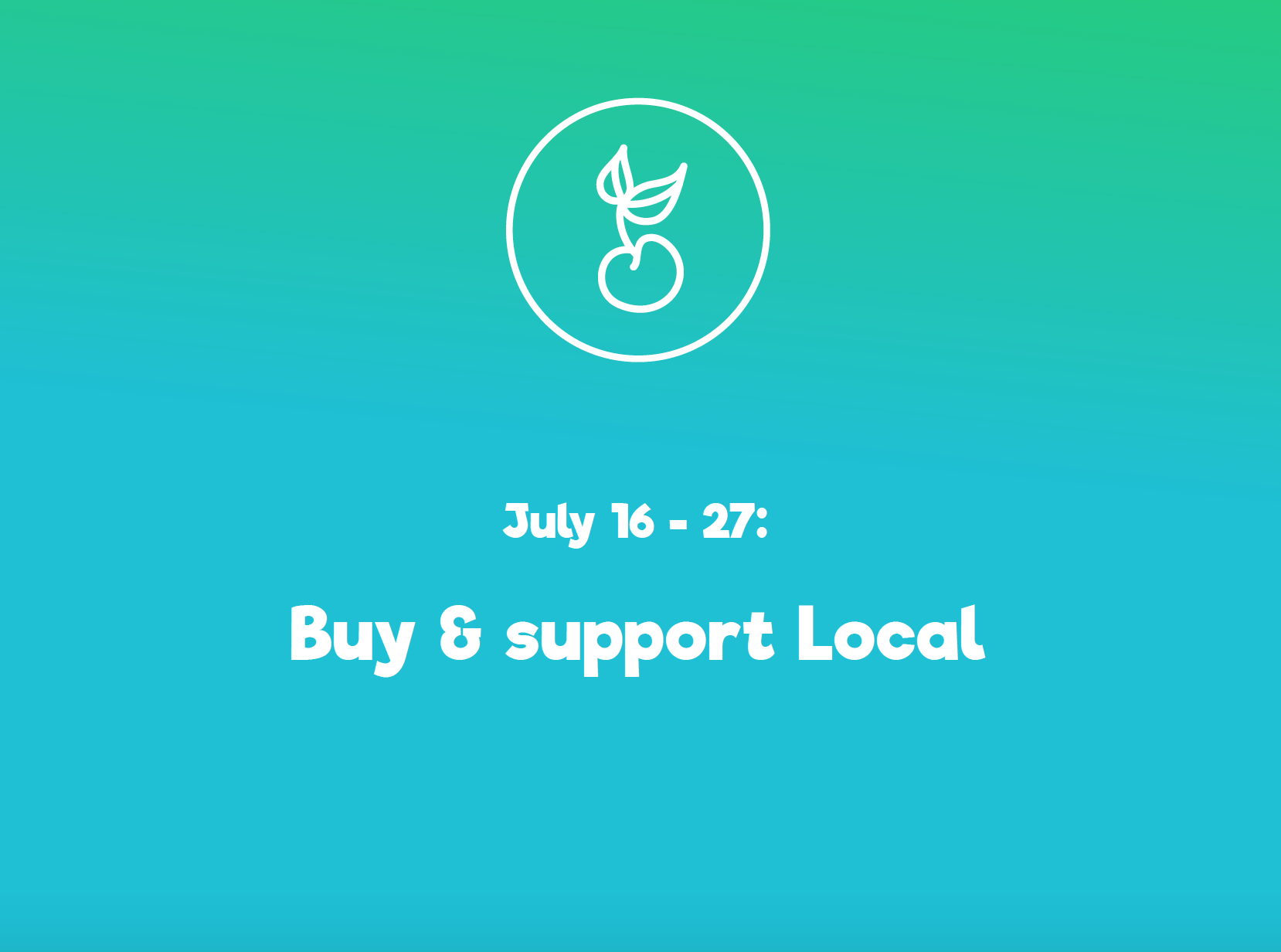
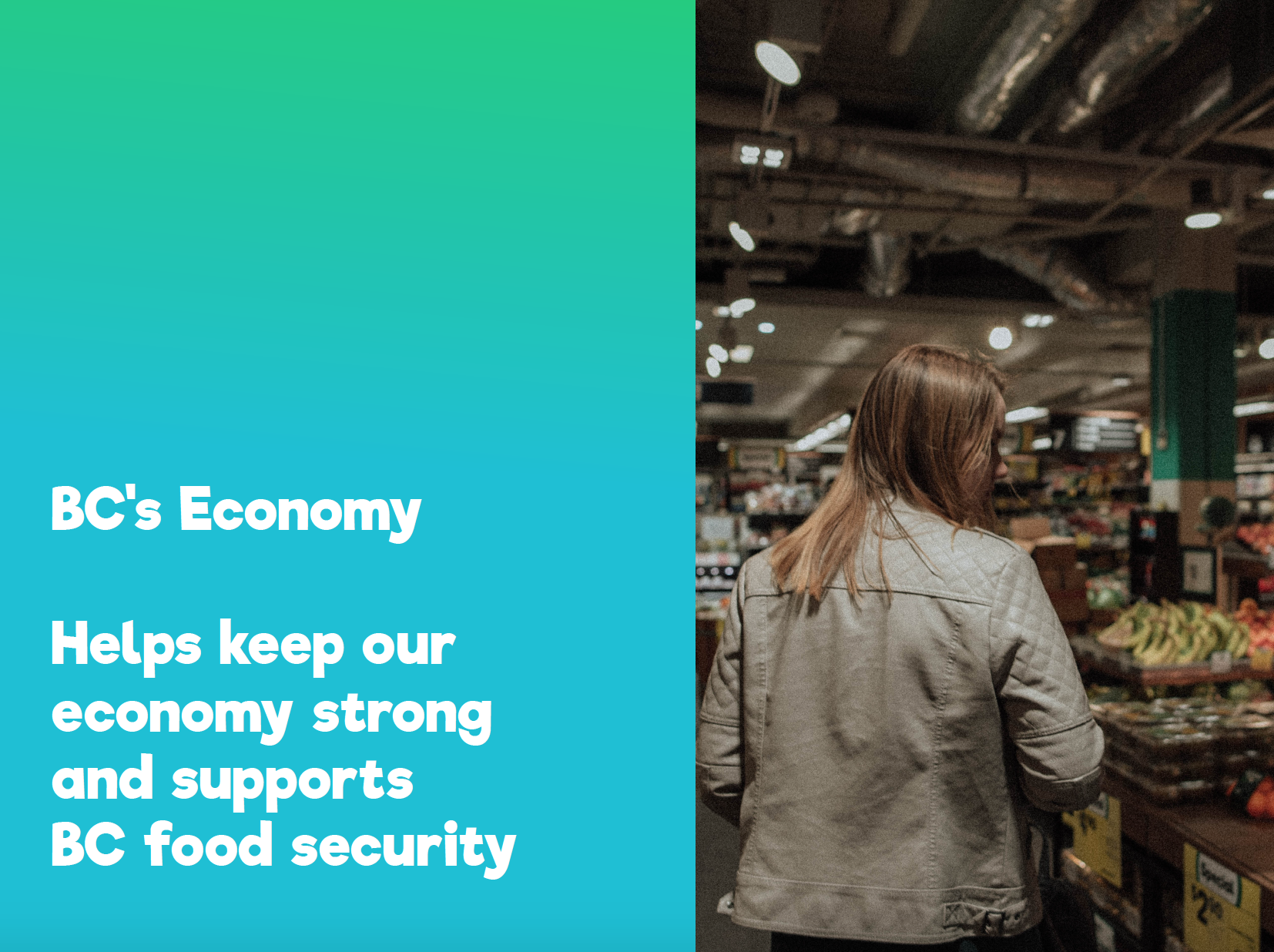
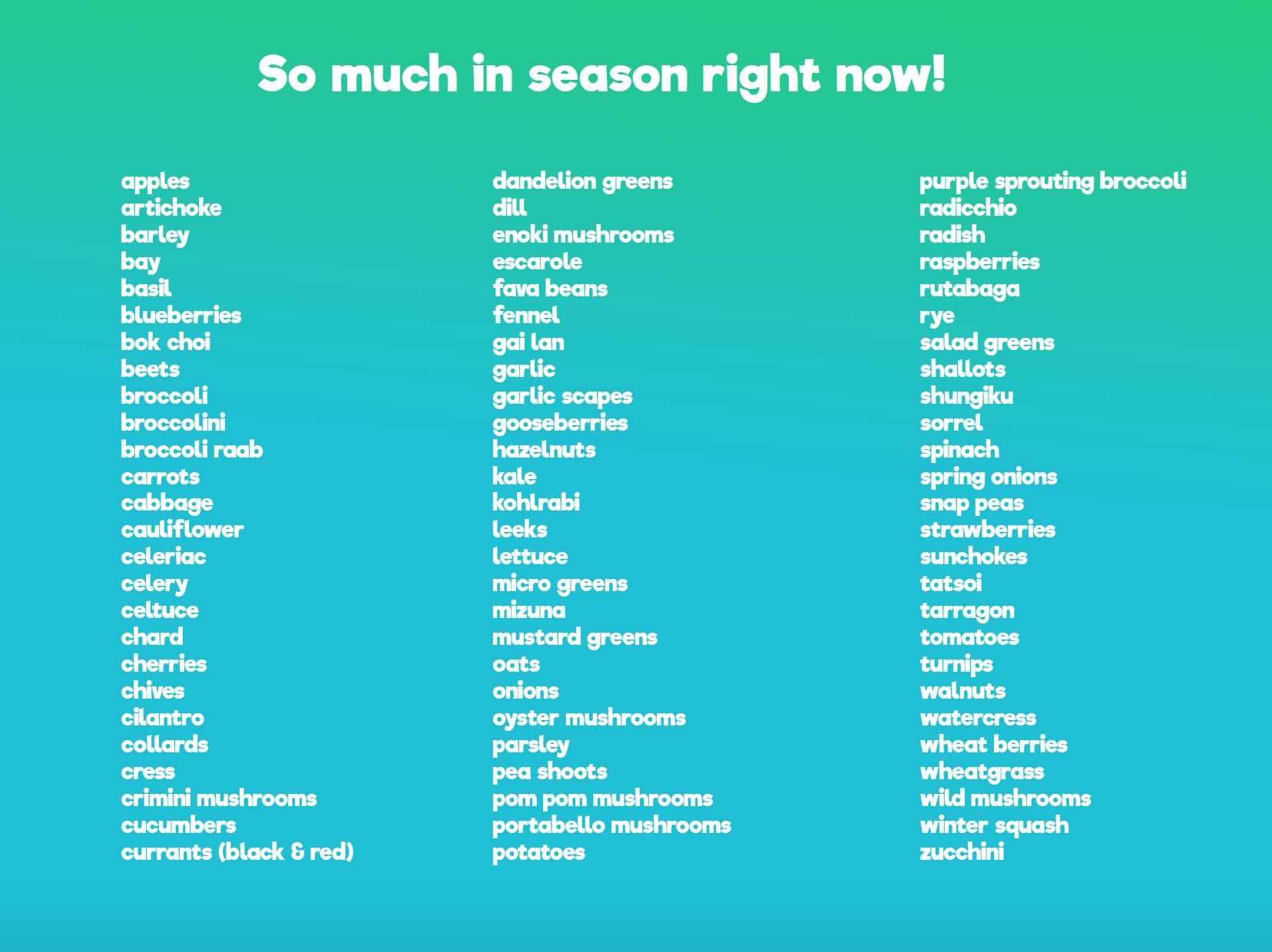
See the full Support Local presentation here
Activites & stamps
This was arguably one of the more fun, light topics of the Green Challenge. I didn’t make anyone sad with pictures of marine life trapped in plastic. Instead, I had fun activities that people could do, and I provided the office with local, in season fresh berries all July long!
Here were the actions & activities:
- Attend the Lunch & Learn
- Go berry picking on one of the many local farms!
- Choose and buy local products as much as you can
- Grow & eat your own food!
- Go out to a Farm to Table restaurant for lunch or dinner
- Go to a Farmers Market!
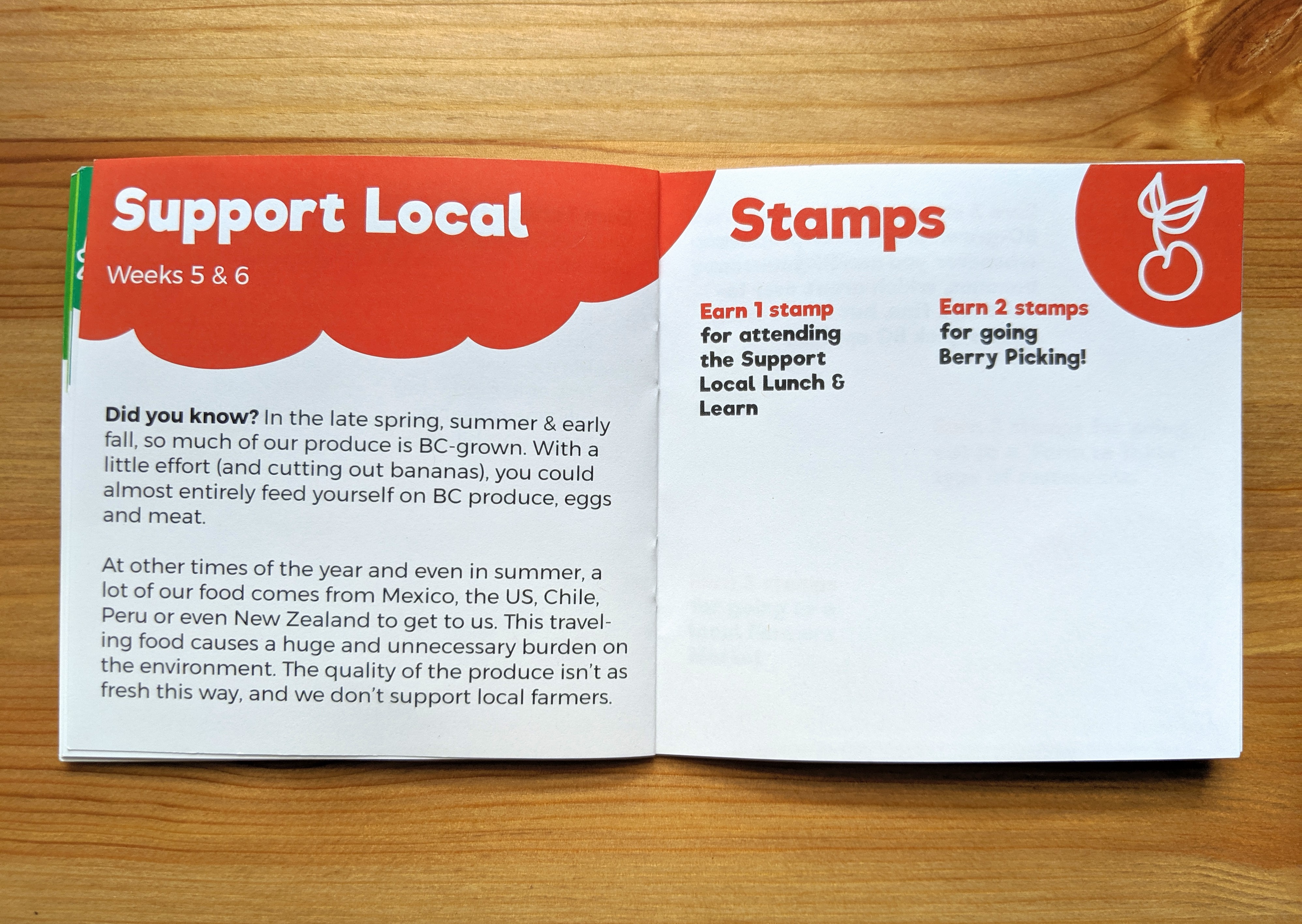
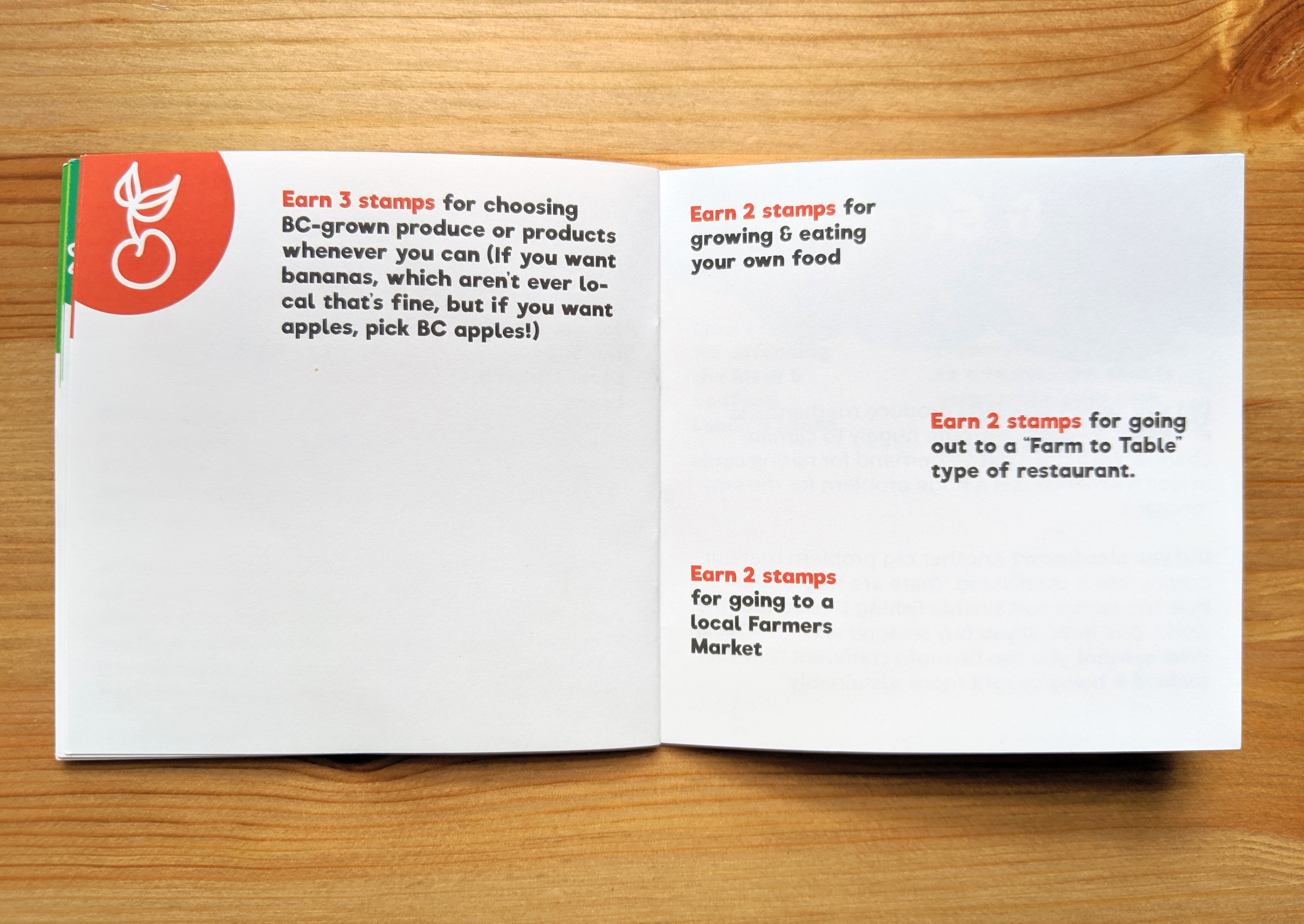
Section 4: Meat & Seafood
For the last section of the challenge, I wanted to cover both meat and seafood, which could easily have each been their own topics. For meat, I wanted to address not only the ethical and humane issues that face factory farmed animals, but also the environmental impact that cattle is causing.
For seafood, I wanted to address the issues of overfishing, and what resources we have in BC to shop more sustainably. I learned that the topic is actually quite complicated. Wild or farmed doesn’t either mean good or bad, rather it is entirely dependent on the area, the type of fishing equipment and regulations in place. Ocean Wise & Sea Choice have done all the leg work on determining if a seafood producer is sustainable or not, so in BC, you can look for one of their symbols.
(Note: For this topic, I co-presented it, and my colleague put together a Meat presentation. My presentation below only covers Seafood.)

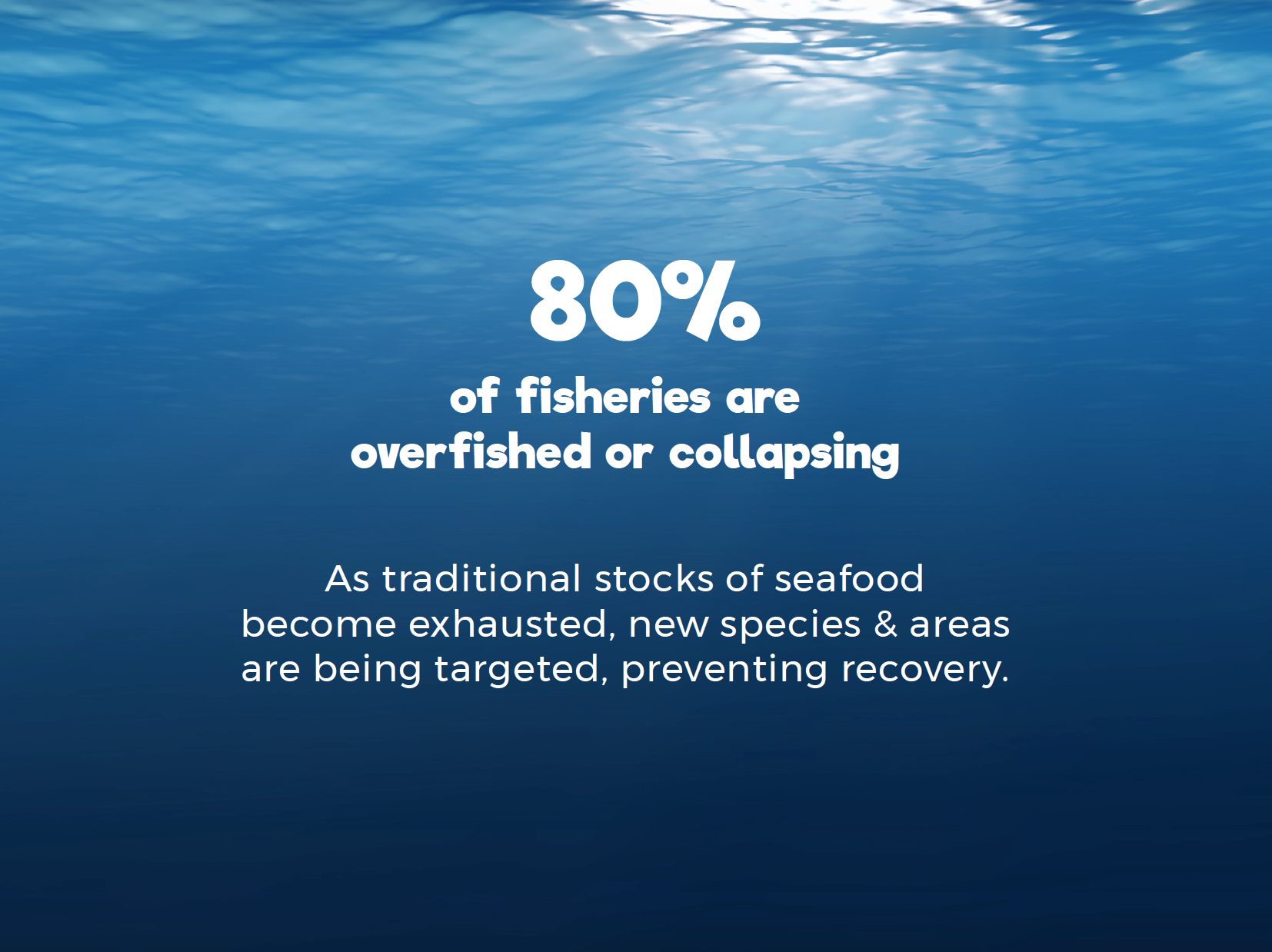
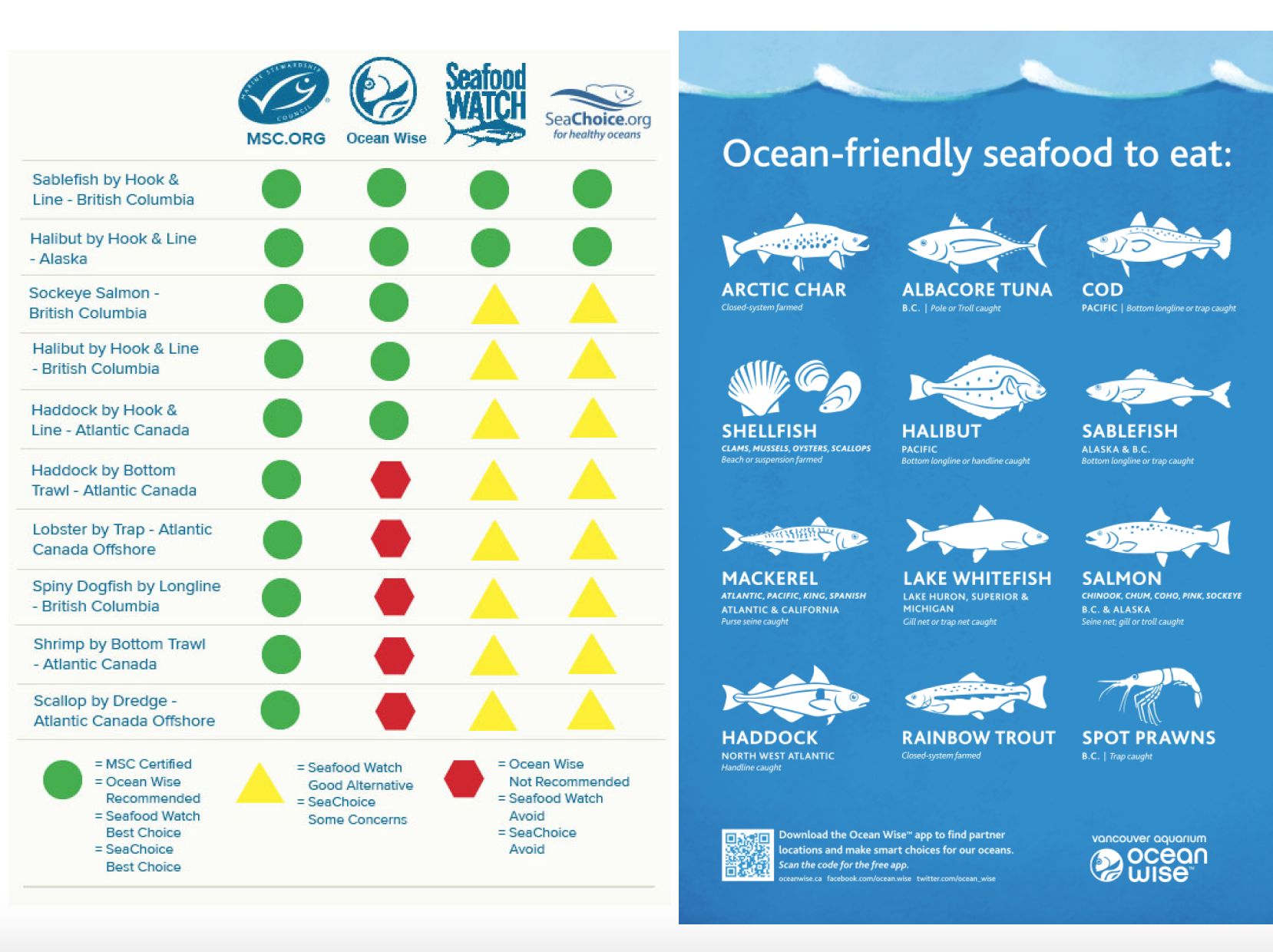
See the full Seafood presentation here
Activities & stamps
The actions for this section were fairly simple: to shop consciously and sustainably for seafood, and to limit meat consumption.
- Attend the Lunch & Learn
- Go out to eat at either a vegetarian restaurant, or one that sources only sustainable seafood and/or ethical meats
- Look for the Vancouver Ocean Wise or Sea Choice labels when buying seafood
- Refrain from eating meat all together, or only buy humane meats
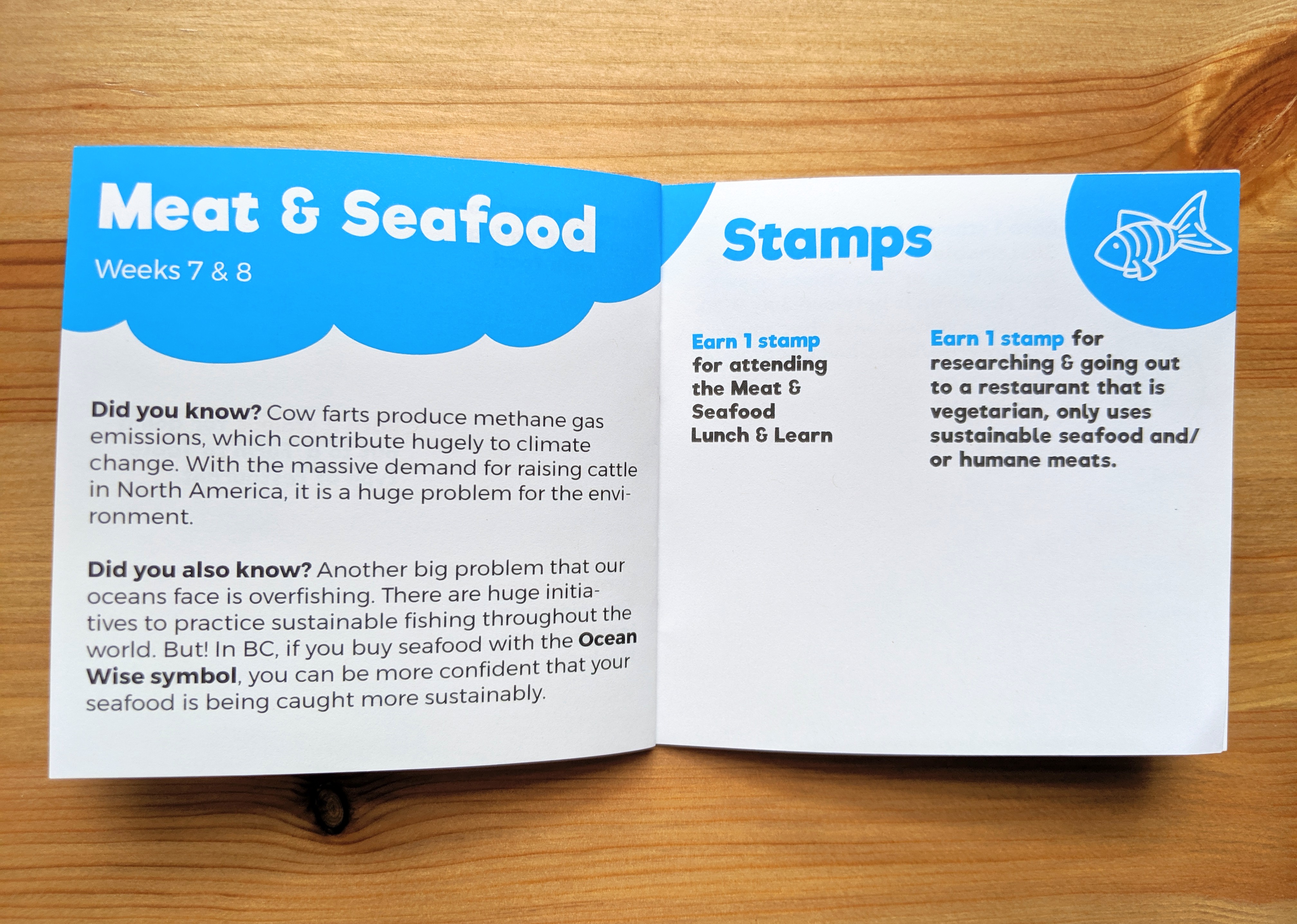
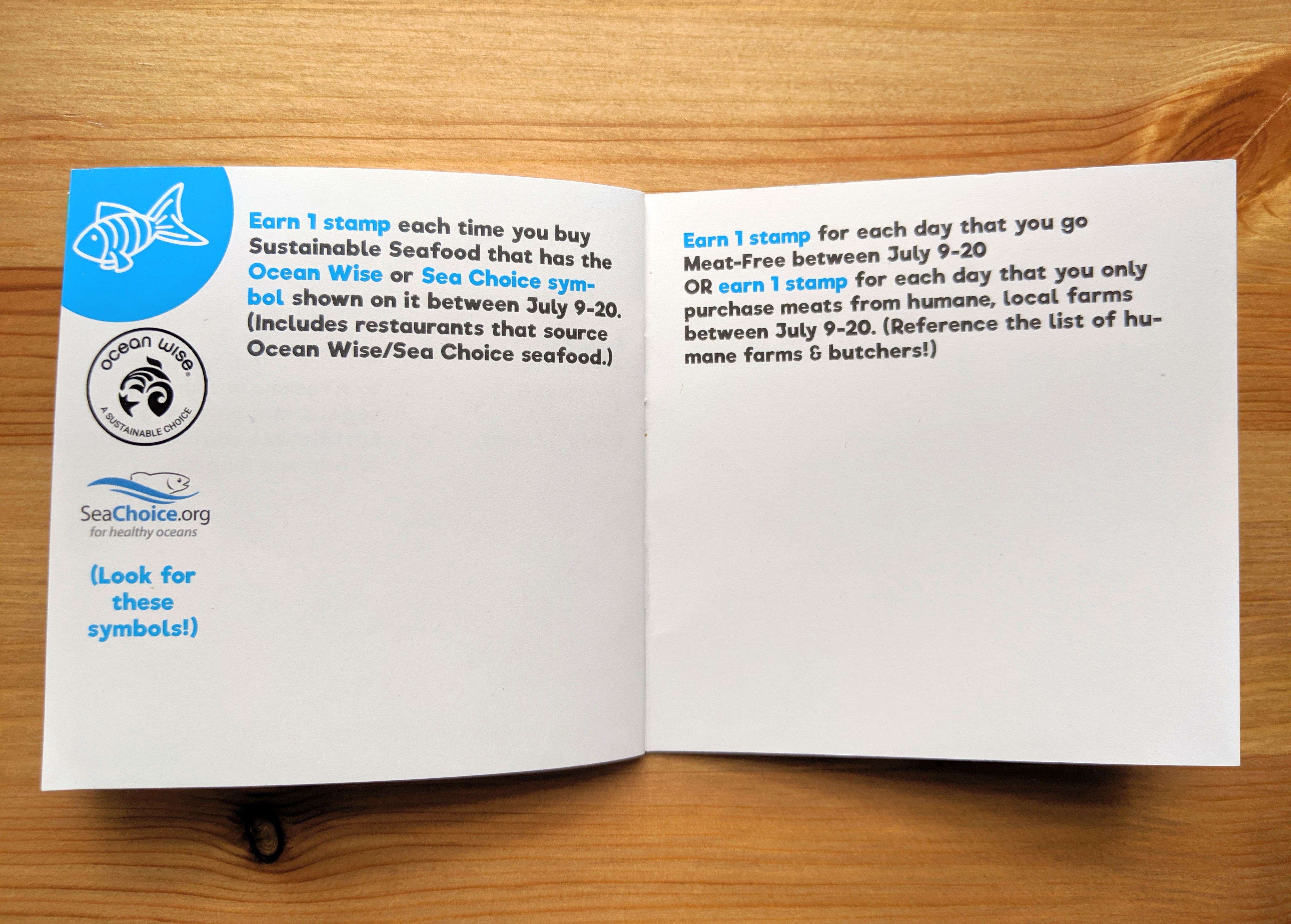
Engagement
The engagement of my co-workers was incredible. I had nearly the entire office participating in the challenge, attending the Lunch & Learns, engaging on Slack and wanting to consciously make greener choices in their lives. The CEO of the company, John, was so shocked from seeing his carbon footprint from all his business travel in the challenge, that he launched a new sustainable travel project to make a positive impact on the travel industry.

Conclusion
After the Green Challenge, in true UX style, I sent out a survey to my co-workers to get their thoughts on the Green Challenge. I received from very positive feedback and suggestions on improving it in the future, such as making a leaderboard so that people could see how they were doing compared to other Lefties, and even digitizing the challenge (as Left is a tech company, after all).
I am hoping to build a digital green challenge app to encourage users to be more sustainable while incentivizing them to do so.